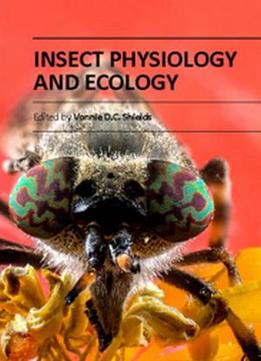
Insect Physiology And Ecology
by Vonnie D.C. Shields /
2017 / English / PDF
19.7 MB Download
This book discusses recent contributions focusing on insect physiology and ecology written by experts in their respective fields. This book targets a wide audience of general biologists, as well as entomologists, ecologists, zoologists, virologists, and epidemiologists, including both teachers and students in gaining a better appreciation of this rapidly growing field.
Four chapters in this book are dedicated to evaluating the morphological and ecological importance and distribution of water beetles, dung beetles, weevils, and tabanids, while two others investigate the symbiotic relationships between various insects and their associations with bacteria, fungi, or mites. Two other chapters consider insecticide detoxification, as well as insect defense mechanisms against infections. The last two chapters concentrate on insects as sustainable food.
1 Thoughts on Water Beetles in a Mediterranean Environment
2 Dung Beetles of Chile, with Emphasis in La Araucania Region
3 Weevil Borers in Tropical Fruit Crops: Importance, Biology and Management
4 Tabanids in South America
5 The Symbiome of Llaveia Cochineals (Hemiptera: Coccoidea: Monophlebidae) Includes a Gammaproteobacterial Cosymbiont Sodalis TME1 and the Known Candidatus Walczuchella monophlebidarum
6 The Role of Mites in Bark and Ambrosia Beetle-Fungal Interactions
7 Role of Carboxylesterases (ALiE) Regarding Resistance to Insecticides: Case Study of Colorado Potato Beetle (Leptinotarsa decemlineata Say)
8 Cellular and Molecular Mechanisms of Insect Immunity
9 Potential of Insect-Derived Ingredients for Food Applications
10 Entomophagy: Insects as Food











